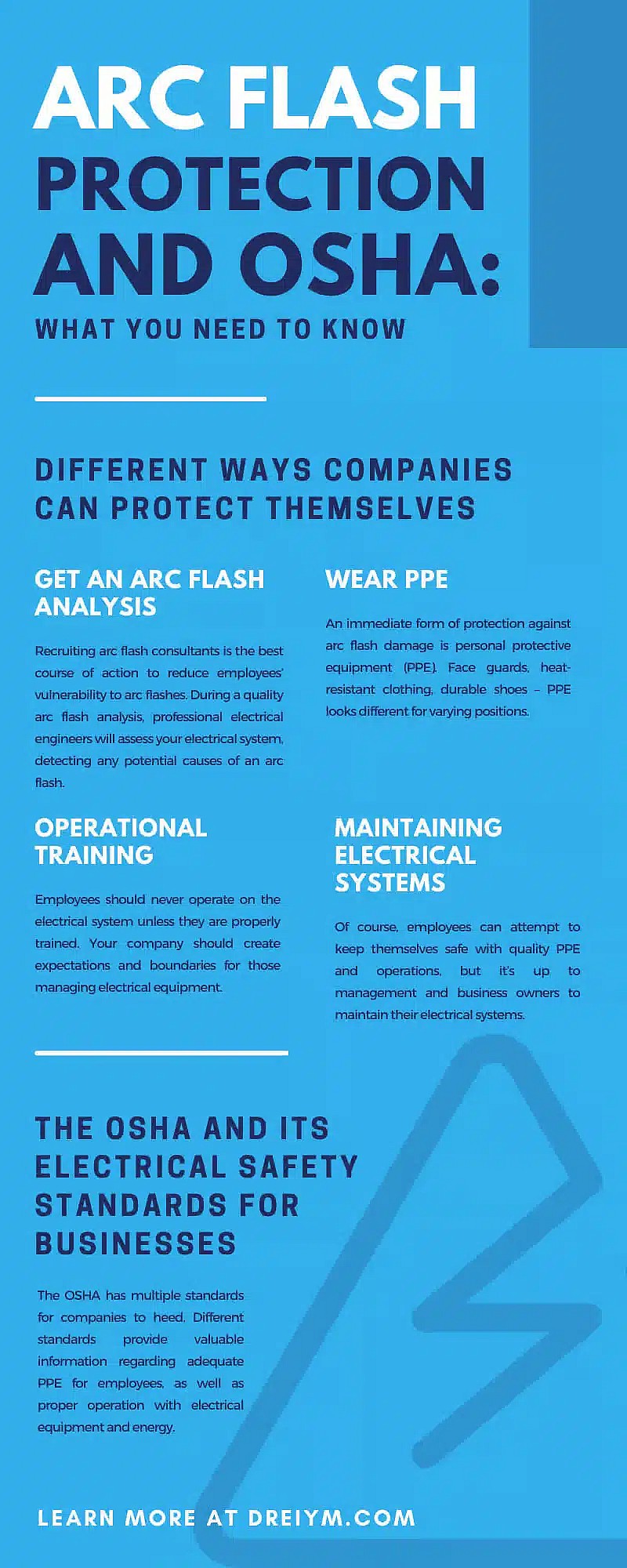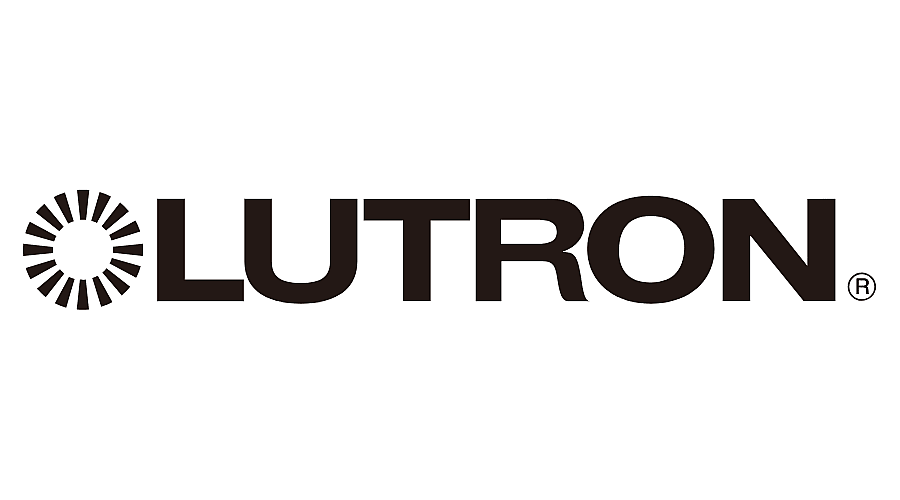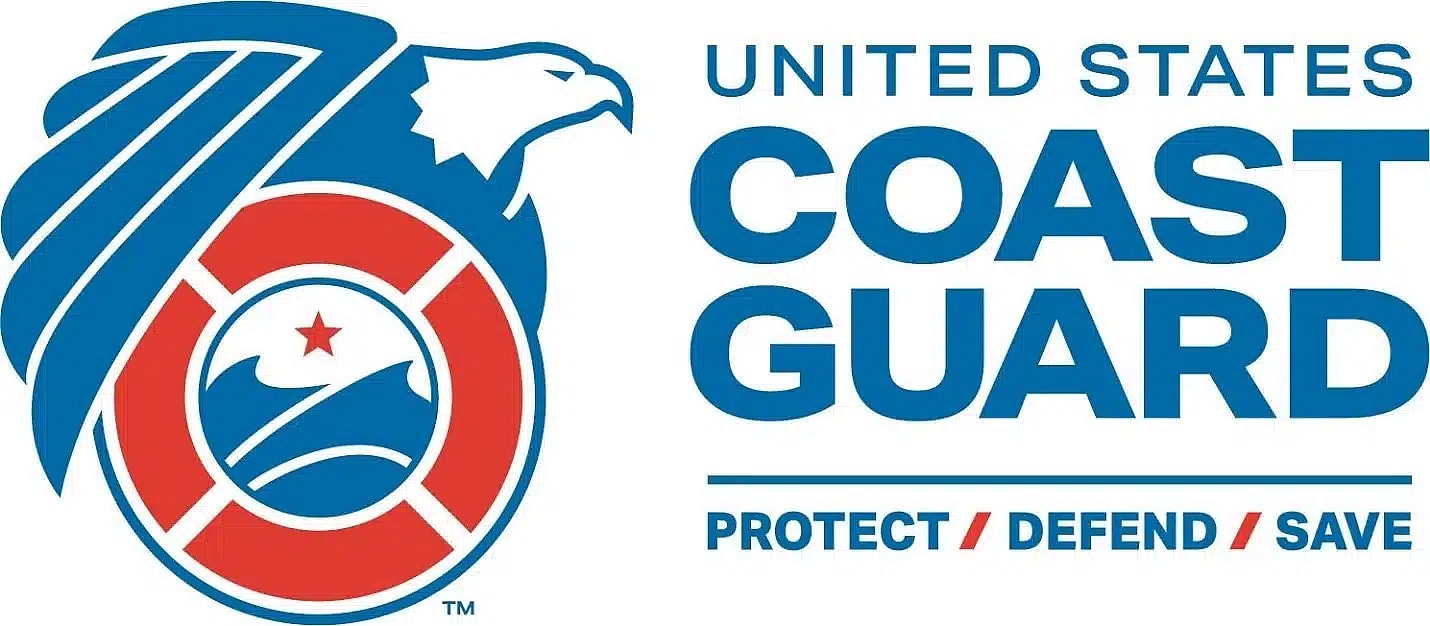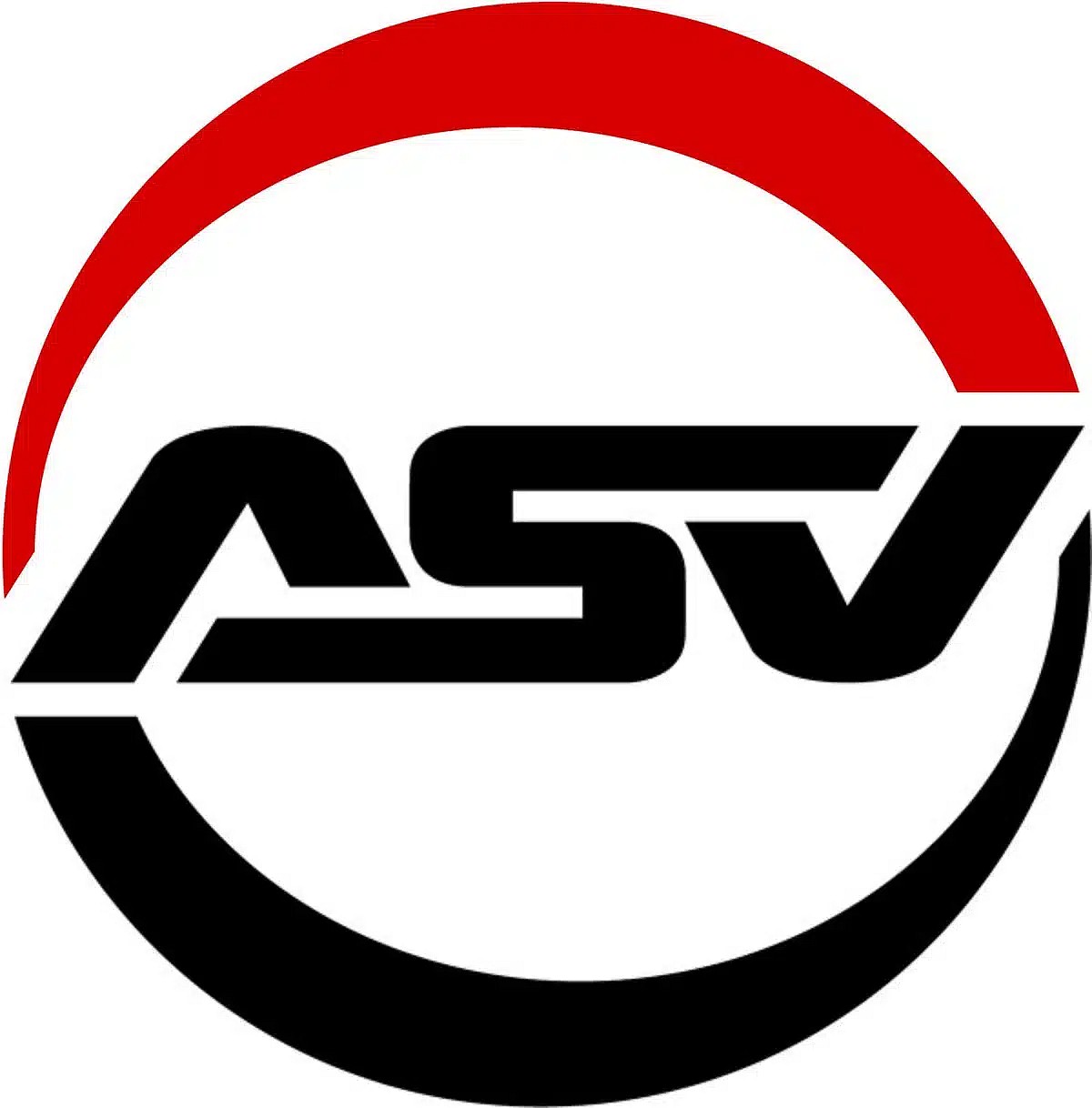Arc Flash Protection and OSHA: What You Need To Know
There are a lot of health and safety aspects to consider as the head of a company. Promoting the health and safety of employees doesn’t just minimize the risk of incident, injury, or potential fatality, it also supports the standing of your finances and reputation, as you won’t have to fret over safety organizations’ fees or fines.
One organization that helps keep businesses accountable for their preventative safety measures is the OSHA. The Occupational Safety and Health Administration sets minimum safety requirements for companies to abide by to promote quality working conditions. Of these requirements, the OSHA includes guidance for companies to protect themselves against arc flashes. Dreiym Engineering looks at what you need to know regarding arc flash protection and the OSHA.
Arc Flashes: What They Are and Why They Are Dangerous
Briefly, an arc flash is an explosion of electrical energy through an atmosphere. Different causes of arc flashes include:
- Damaged electrical equipment
- Poor insulation or connection
- High voltage cables
- Electric accessories encountering water
- Poor electrical system maintenance
Arc flashes range in severity based on the amount of energy that a device expels through the atmosphere. Injuries range from minor scrapes to third-degree burns and even death, not to mention the potential damage to your company’s equipment and infrastructure.
Different Ways Companies Can Protect Themselves Against Arc Flashes
Fortunately, your business can reduce the risk of arc flashes at your worksite. Dreiym Engineering lays out a few steps your brand can take to boost electric safety.
Get an Arc Flash Analysis
Recruiting arc flash consultants is the best course of action to reduce employees’ vulnerability to arc flashes. During a quality arc flash analysis, professional electrical engineers will assess your electrical system, detecting any potential causes of an arc flash. Once arc flash consultants have performed a thorough inspection of your workplace, they will come up with solutions and safety measures based on its current conditions.
Wear PPE
An immediate form of protection against arc flash damage is personal protective equipment (PPE). Face guards, heat-resistant clothing, durable shoes – PPE looks different for varying positions. Requiring all employees who interact with devices that have an electrical charge to wear PPE can make the difference between life and death in an electrical explosion.
Operational Training
Employees should never operate on the electrical system unless they are properly trained. Your company should create expectations and boundaries for those managing electrical equipment.
Require quality, routine training for employees who operate with electrical equipment or accessories. Thorough electrical operational training will include safe practices to avoid arc flash outbursts.
Maintaining Electrical Systems
Of course, employees can attempt to keep themselves safe with quality PPE and operations, but it’s up to management and business owners to maintain their electrical systems. Regular equipment maintenance, repairs, and replacements will help upkeep electrical safety at work.
The OSHA and Its Electrical Safety Standards for Businesses
The OSHA has multiple standards for companies to heed. Different standards provide valuable information regarding adequate PPE for employees, as well as proper operation with electrical equipment and energy. We’ve listed a handful of their standards that relate to arc flash below.
- 29 CFR 1910.132(d)(1)
- 29 CFR 1910.332(b)(1)
- 29 CFR 1910.333(b)(2)(iv)(B)
- 29 CFR 1910.335(a)(1)(i)
- 29 CFR 1910.335(a)(1)(v)
The OSHA also offers training, education, and preventative assistance for companies looking to maximize their worksites’ safety.
Other Organizations That Promote Electrical Safety in the Workplace
What you need to know about arc flash protection and OSHA is that the OSHA isn’t the only association you should adhere to. Several organizations that encourage companies to uphold electrical safety standards exist. The NFPA, IEEE, and NESC each have their own set of standards businesses should follow.
Obeying each of the standards and articles that the organizations outline maximizes workplace safety against arc flash. Below, we offer a brief description of each association, as well as the regulations they have regarding arc flash protection.
National Fire Protection Association
The National Fire Protection Association (NFPA) has existed since the late-1800s, serving as an international nonprofit organization that strives to minimize electrical, fire, and related vulnerabilities everywhere. The NFPA offers abundant training and interactive courses to increase knowledge on various fire hazards around the home, workplace, and elsewhere.
NFPA 70E
The NFPA developed NFPA 70E, per the OSHA’s request, in 1979. The NFPA has since released several editions of their 70E standard to accommodate for advances in electrical systems. The purpose of this standard is to safeguard employees from injuries and fatalities from arc flash, arc blast, electrocution, and other electrical mishaps. Different articles under 70E that relate to arc flashes specifically include:
- Article 130.5
- Article 130.7
Institute of Electrical and Electronics Engineers
The American Institute of Electrical Engineers and the Institute of Radio Engineers founded the IEEE in 1963. This professional association allows correspondence between electrical and electronic engineering individuals. While the IEEE is dedicated to advancing technology, they’ve also dedicated efforts toward electrical safety.
In 2002, the IEEE created the Guide for Performing Arc Flash Hazard Calculation, or the IEEE 1584. This guide serves as a foundation for accurate and thorough arc flash analyses. It outlines details for consultants to safely identify various electrical measurements during an arc flash assessment, such as the ones listed below.
- Voltage ranges
- Electrode configurations
- Enclosure sizes
- Electrical equipment’s potential energy
National Electrical Safety Code
The National Electric Safety Code (NESC) sets the U.S. standard for proper and safe installation, operation, and maintenance of electric power and communications systems. Two NESC articles that apply to arc flash safety are:
- Article 110.16(A)
- Article 110.16(B)
Where Your Company Can Receive a Quality Arc Flash Analysis
When investing in an arc flash analysis for your company, it’s important to defer to arc flash consultants with expertise. At Dreiym Engineering, our team of certified electrical engineers are here to help you understand what’s at stake in a comprehensive, consumable fashion. Our arc flash assessments include:
- A thorough site walk-down
- Electrical coordination analysis
- Arc flash analysis report
- Production of arc flash labels
- And more
We design each step of our arc flash analysis to maximize electrical safety in the workplace. Contact us today to get an arc flash quote for your business.













































